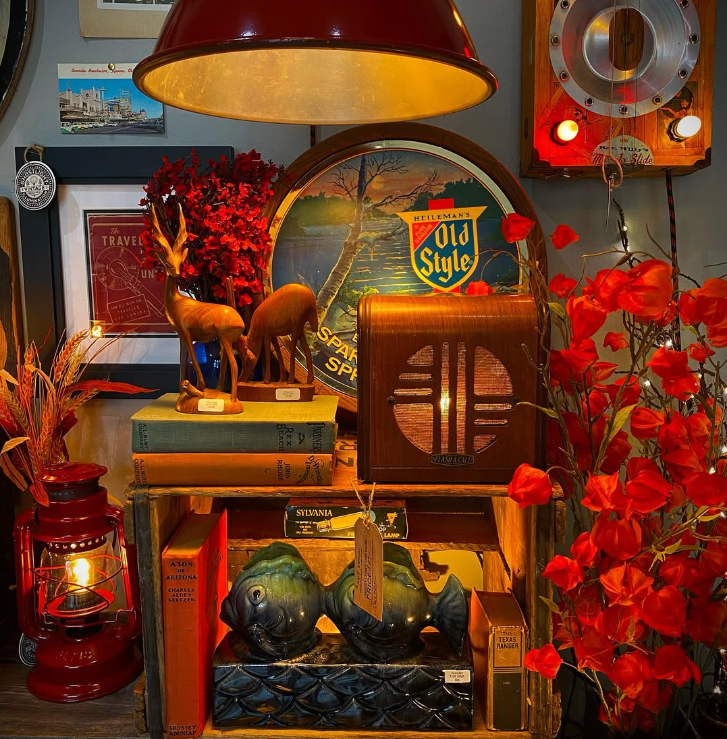When most people think of “decor,” they picture throw pillows, framed art, or stylish vases. But good design doesn’t care about categories. It cares about attributes—how a thing looks, feels, and plays with the other elements in a room. That means a vintage stapler, a rusted wrench, or a piece of driftwood can be just as decorative as a high-end sculpture, if it brings the right color, texture, or shape into the mix.
The key is to stop asking, “Is this a decor item?” and start asking, “What does this object contribute to the space?”
Color: The Quickest Hit
Color is often the most immediate and emotional quality of an object. A bright red enamel pot, a pale green typewriter, or a matte black shoemaker’s form can punch up a palette or balance out a composition. If you’ve built your room around earthy neutrals, even a small cobalt blue item can become a visual exclamation point.
Think of color as a form of communication. A bold hue might add energy; a muted tone might bring calm. When sourcing objects—whether you’re at a flea market or shopping your own home—pay attention to the color story more than the item’s intended function.
Shape: The Silhouette That Speaks
Every object has a shape, and that shape creates a visual rhythm within a room. A series of angular forms feels modern and assertive. Round, organic shapes feel softer and more approachable. When choosing items to display, consider the silhouette: Does it add contrast to the space? Does it repeat a motif already in the room?
A vintage stapler may not scream “interior styling,” but its low, elongated form might echo the lines of your coffee table, or contrast beautifully with a tall, narrow lamp. That harmony or tension in shape is where design interest lives.
Texture: The Tactile Layer
Texture adds depth to a space. Glossy vs. matte, rough vs. smooth, aged vs. polished—these contrasts make a room feel lived-in and intentional. Texture tells a story. An old object with visible wear adds patina and authenticity that new items can’t fake.
Look at your shelves, your side tables, even your windowsills. Are all the objects the same finish? Same sheen? Mix it up. A chipped ceramic bowl can be a perfect companion to a sleek glass vase. Together, they create dialogue.
It’s All Visual Language
Decorating is really just visual composition. Think like a painter or photographer: light, shadow, form, balance. Whether it’s a brass candlestick or a kid’s painted rock, what matters is what the object does in the room, not what aisle it came from.
So go ahead—put that vintage stapler on your shelf. If it sings in color, shape, and texture, it’s more than office supply. It’s decor.

Leave a Reply